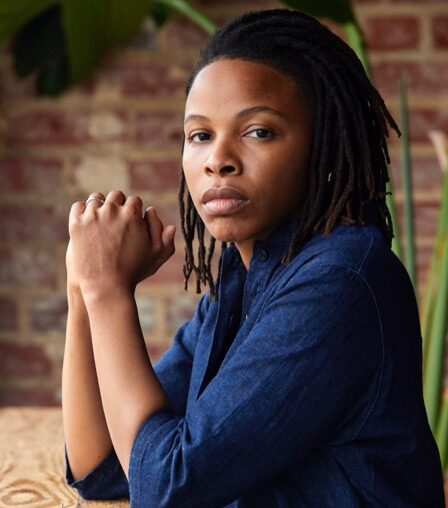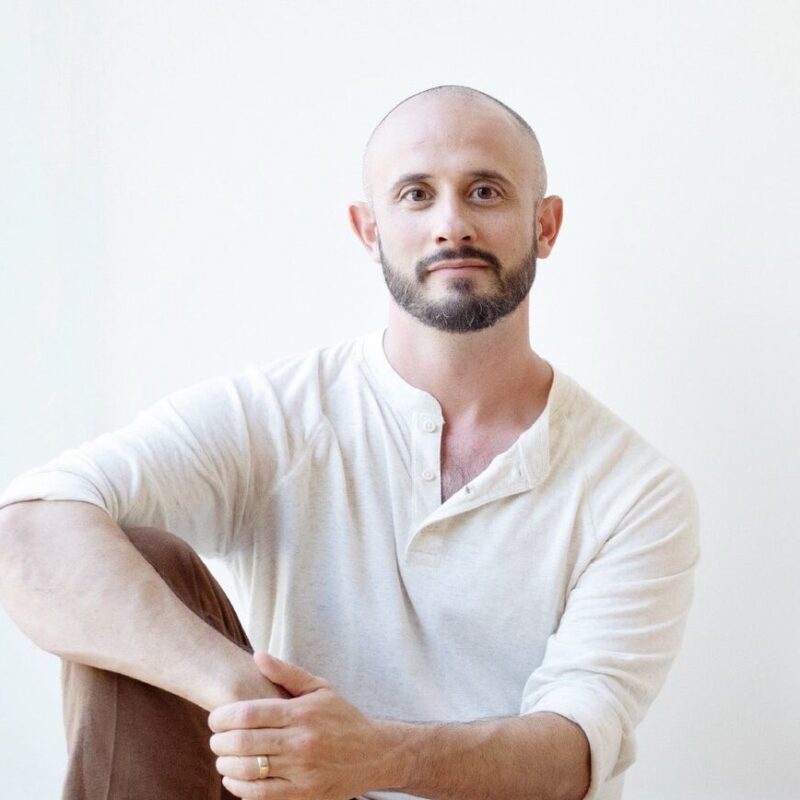By: Dr. Edward Mooney
Over the years I’ve spoken with many witnesses and survivors of school shootings for my research, and I was once shot at on campus. In this blog I’m hoping to continue a dialog to help us understand what teachers see, feel and hear during and after a school shooting. It’s then that we can help them return to a life worth living. Doing that will help our children.
My studies show patterns in how the trauma of the shootings affects them. By the way, while my work focuses on teachers, these patterns are no different for school aides, secretaries, administrators and lunchroom employees. The unifying element is our shared humanity. Let’s explore a couple of elements of the patterns.
As Dr. Bessel van der Kolk explained, “Trauma is something that overwhelms your coping capacities and confronts you with the thought: ‘Oh my God, it’s all over, and there’s nothing I can do. I’m done for. I may as well die.’” Let’s reflect on this quote in terms of a teacher who just witnessed a shooting. This describes many of them.
First, there is overwhelming fear and vulnerability. A few teachers I’ve spoken with left the profession; some struggled with agoraphobia for quite some time. They ask themselves, “How can I feel safe again?” “Could I die at any time?”
Many times, the shooter was a student, and from that point on teachers will be wary of every child in their school. They struggle to feel safe around the kids they are trying to reach, inspire and educate. A great deal of research over the years has shown that feeling safe is critical in a learning environment. We need to work toward restoring that if we don’t want to lose teachers.
Again, Bessel provides us with insight on how to move forward. He wrote that “As long as we feel safely held in the hearts and minds of the people who love us, we will climb mountains and cross deserts and stay up all night to finish projects.”
School leaders and communities need to take extraordinary efforts to make a teacher feel safe. They need to know there is, “someone watching out for me.” Beyond professional psychological help (which is not often, believe it or not, offered to witnesses), we need to extend regular check-ins by school counselors, parents, administrators and community leaders – for a long time. If metal detectors could help these teachers and kids, then install them. More security? Do it. Ask the teachers and the kids what will make them feel safe – and listen to them.
I connected a personal memory that could help. When I was a child, and scared after a trauma, my mother just sat with me on the couch, and that was a huge comfort. After I was shot at on campus, a school counselor, Betty Wickersham, came over and just “hung out” with me. She brought me a soda, and asked if she could do anything else for me. That was huge.
You don’t have to “fix them” psychologically (whatever that means), but just share your humanity with the hurting teachers. So often we rush to platitudes and pithy sayings. Don’t go there. In a way, by sitting with them you offer them your calmness. It’s a form of co-regulating. They need time, and they need to know you accept that. Our fast-food world doesn’t like giving things time, but a teacher with emotional wounds does. Sitting with someone after a trauma is powerful. By doing this, you are saying I validate how you feel, and accept you. As Bessel wrote, “Being able to feel safe with other people is probably the single most important aspect of mental health; safe connections are fundamental to meaningful and satisfying lives.”
Looking to another aspect of trauma, so many of the teachers expressed that they felt lonely and isolated. Teaching is, just because of how we’ve designed our system in this country, a lonely profession. It doesn’t seem to make sense – there are a number of kids in every classroom. But there is a loneliness; you have no peers in the room, except if you have an aide, which is rare nowadays. If we make an effort to spend time with them, they feel more connected to the school and the community. These people need to feel, as Bessel wrote, “safely held in the hearts and minds of the people.”
There is no “formula” to “fix” wounded teachers, but a softening of heart can work wonders. Bring compassion and support to those who are shepherding our next generation, to our future society, lest that society find itself bereft of compassion.
Please, join this dialog, for the teachers and for your children and grandchildren. Kids need caring and connected teachers. School shootings do great harm to these relationships; that is the topic of our next entry.
Photo by Stephen Harlan on Unsplash



